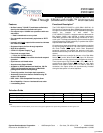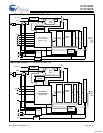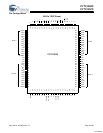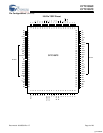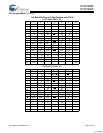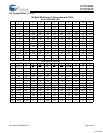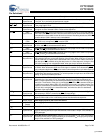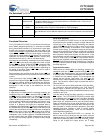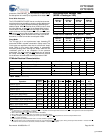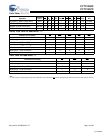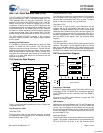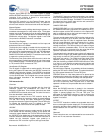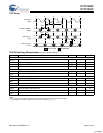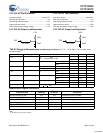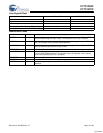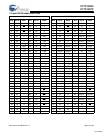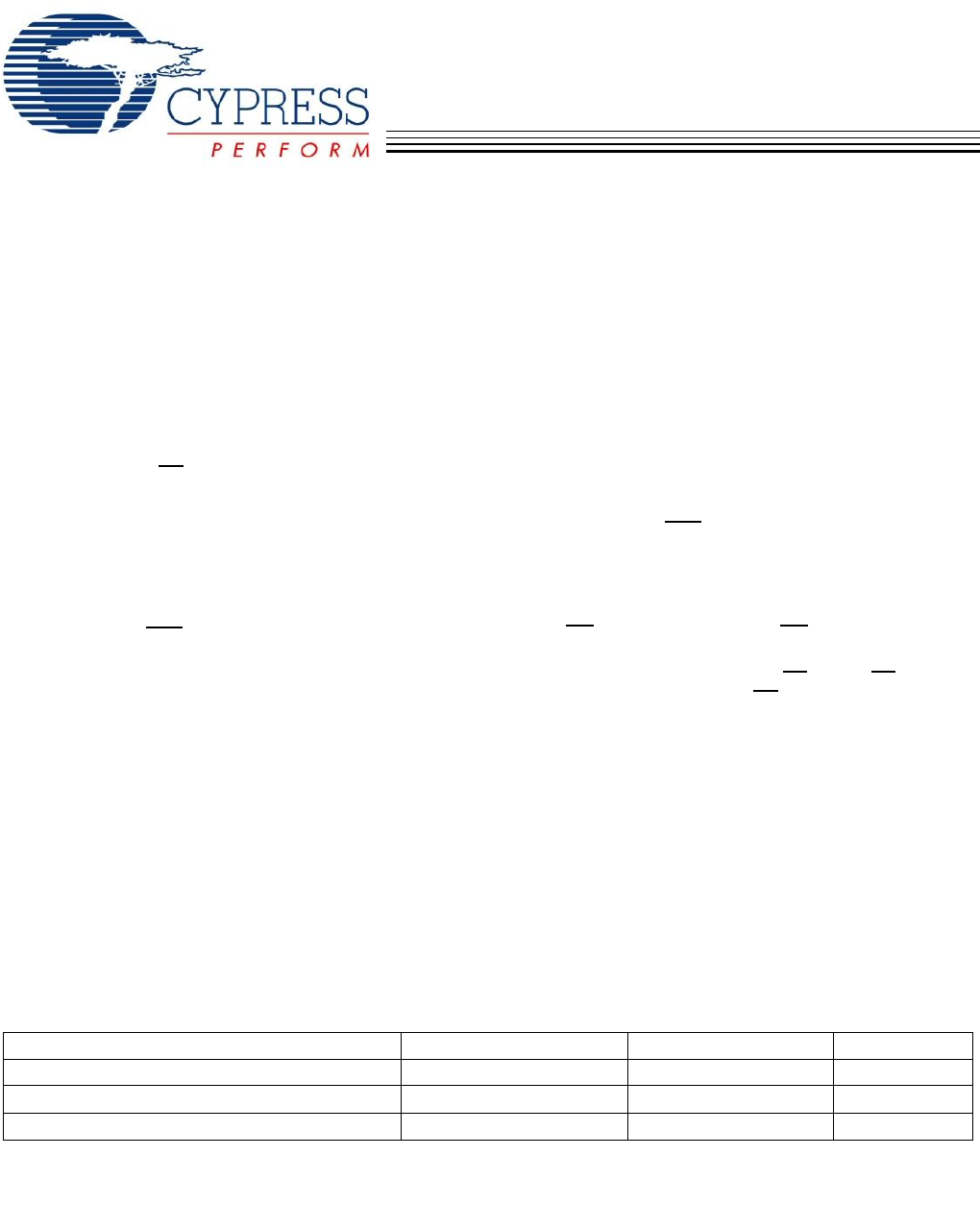
9-Mbit (256K x 36/512K x 18)
Flow-Through SRAM with NoBL™ Architecture
CY7C1355C
CY7C1357C
Cypress Semiconductor Corporation • 198 Champion Court • San Jose, CA 95134-1709 • 408-943-2600
Document #: 38-05539 Rev. *E Revised September 14, 2006
Features
• No Bus Latency™ (NoBL™) architecture eliminates
dead cycles between write and read cycles
• Can support up to 133-MHz bus operations with zero
wait states
— Data is transferred on every clock
• Pin compatible and functionally equivalent to ZBT™
devices
• Internally self-timed output buffer control to eliminate
the need to use OE
• Registered inputs for flow-through operation
• Byte Write capability
• 3.3V/2.5V I/O power supply (V
DDQ
)
• Fast clock-to-output times
— 6.5 ns (for 133-MHz device)
• Clock Enable (CEN
) pin to enable clock and suspend
operation
• Synchronous self-timed writes
• Asynchronous Output Enable
• Available in JEDEC-standard and lead-free 100-Pin
TQFP, lead-free and non lead-free 119-Ball BGA
package and 165-Ball FBGA package
• Three chip enables for simple depth expansion.
• Automatic Power-down feature available using ZZ
mode or CE deselect
• IEEE 1149.1 JTAG-Compatible Boundary Scan
• Burst Capability—linear or interleaved burst order
• Low standby power
Functional Description
[1]
The CY7C1355C/CY7C1357C is a 3.3V, 256K x 36/512K x 18
Synchronous Flow-through Burst SRAM designed specifically
to support unlimited true back-to-back Read/Write operations
without the insertion of wait states. The
CY7C1355C/CY7C1357C is equipped with the advanced No
Bus Latency (NoBL) logic required to enable consecutive
Read/Write operations with data being transferred on every
clock cycle. This feature dramatically improves the throughput
of data through the SRAM, especially in systems that require
frequent Write-Read transitions.
All synchronous inputs pass through input registers controlled
by the rising edge of the clock. The clock input is qualified by
the Clock Enable (CEN
) signal, which when deasserted
suspends operation and extends the previous clock cycle.
Maximum access delay from the clock rise is 6.5 ns (133-MHz
device).
Write operations are controlled by the two or four Byte Write
Select (BW
X
) and a Write Enable (WE) input. All writes are
conducted with on-chip synchronous self-timed write circuitry.
Three synchronous Chip Enables (CE
1
, CE
2
, CE
3
) and an
asynchronous Output Enable (OE
) provide for easy bank
selection and output tri-state control. In order to avoid bus
contention, the output drivers are synchronously tri-stated
during the data portion of a write sequence.
Selection Guide
133 MHz 100 MHz Unit
Maximum Access Time 6.5 7.5 ns
Maximum Operating Current 250 180 mA
Maximum CMOS Standby Current 40 40 mA
Note:
1. For best-practices recommendations, please refer to the Cypress application note System Design Guidelines on www.cypress.com.
[+] Feedback



